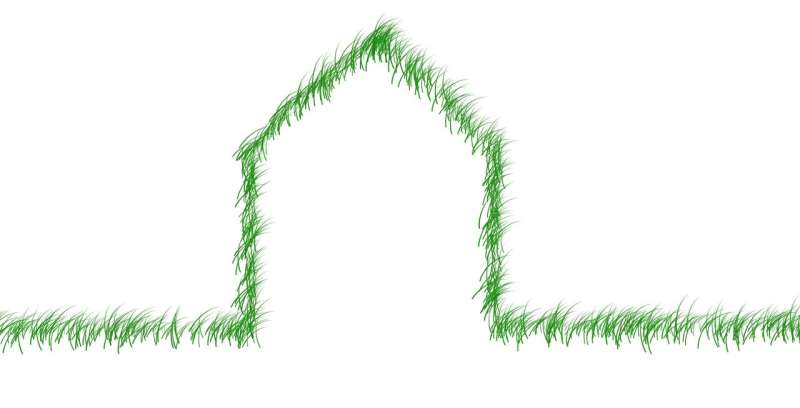Credit: CC0 Public Domain
A team of researchers at Oak Ridge National Laboratory has developed a method to detect and measure air leaking from a building's walls and roof that is quicker, cheaper and less disruptive to occupants.
Current air leak detection options, such as using a blower door and smoke or infrared thermography, are costly and invasive. ORNL's method is conducted from outside, using an imaging technique to visualize the flow of air leaks and calculate the volumetric flow of air based on the refraction effects imaged by cameras.
"Similar to a mirage over a black top road in the middle of summer, which looks fuzzy because air above the road is hotter than surrounding air, a building's wall becomes blurry when indoor air meets outdoor air," ORNL's Philip Boudreaux said. "Refraction imaging allows us to see this."
Correcting excess air leakage can decrease energy consumption in buildings and reduce potential for mold growth.
ORNL's non-disruptive air leak detector captures air escaping from exterior walls and uses refractive imaging to calculate the leakage flow rate. Credit: ORNL, U.S. Dept. of Energy
Provided by Oak Ridge National Laboratory
























